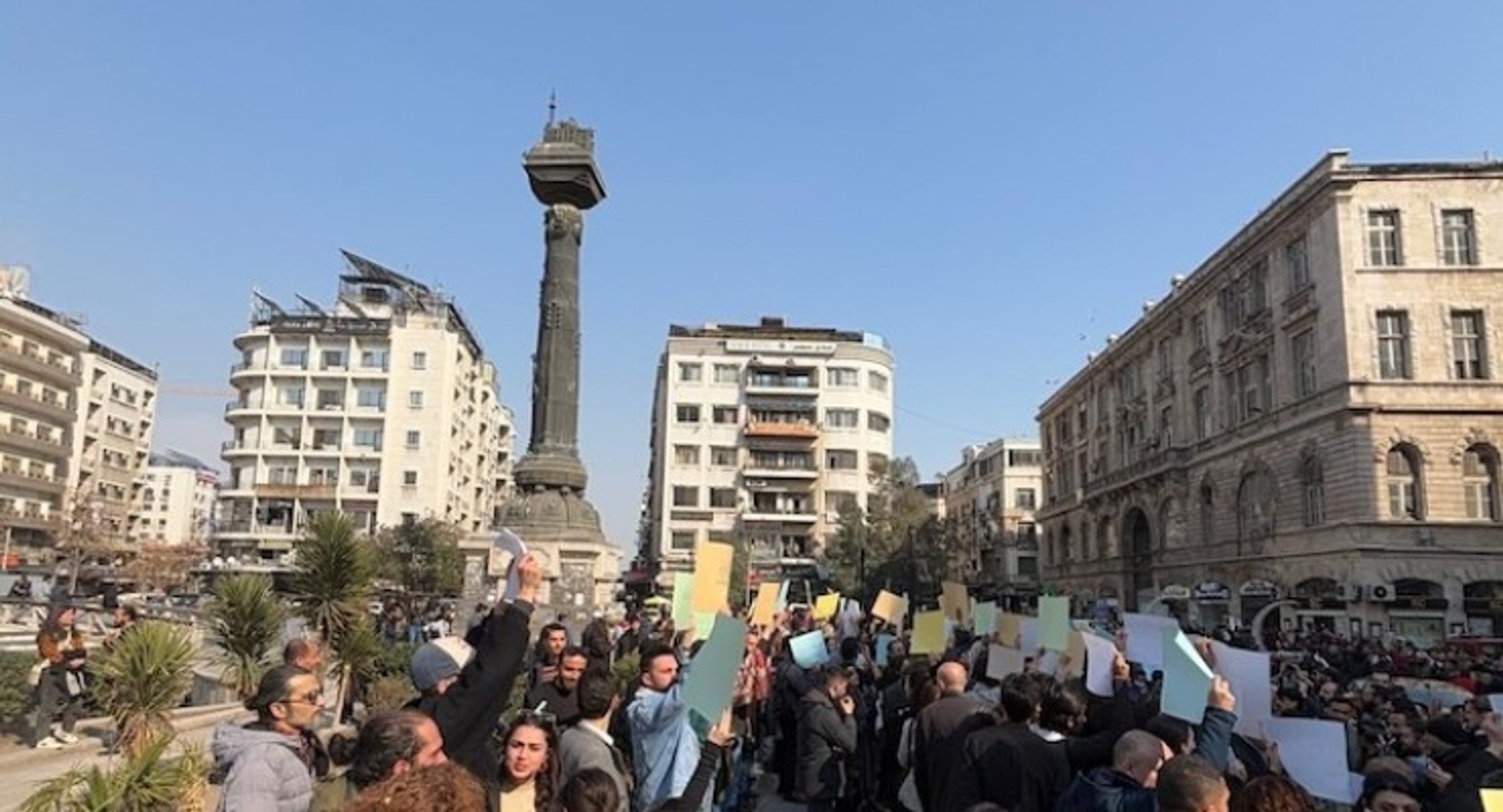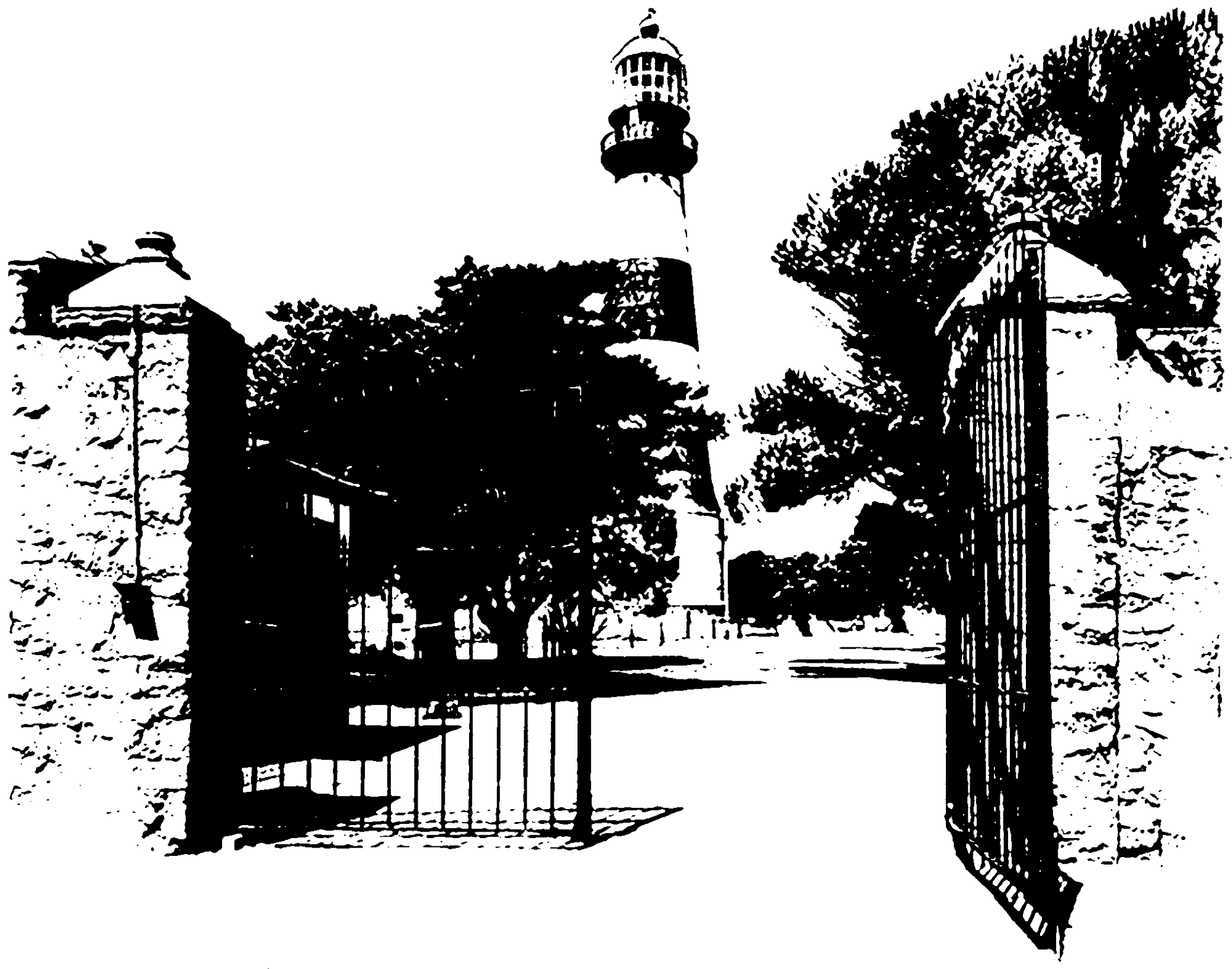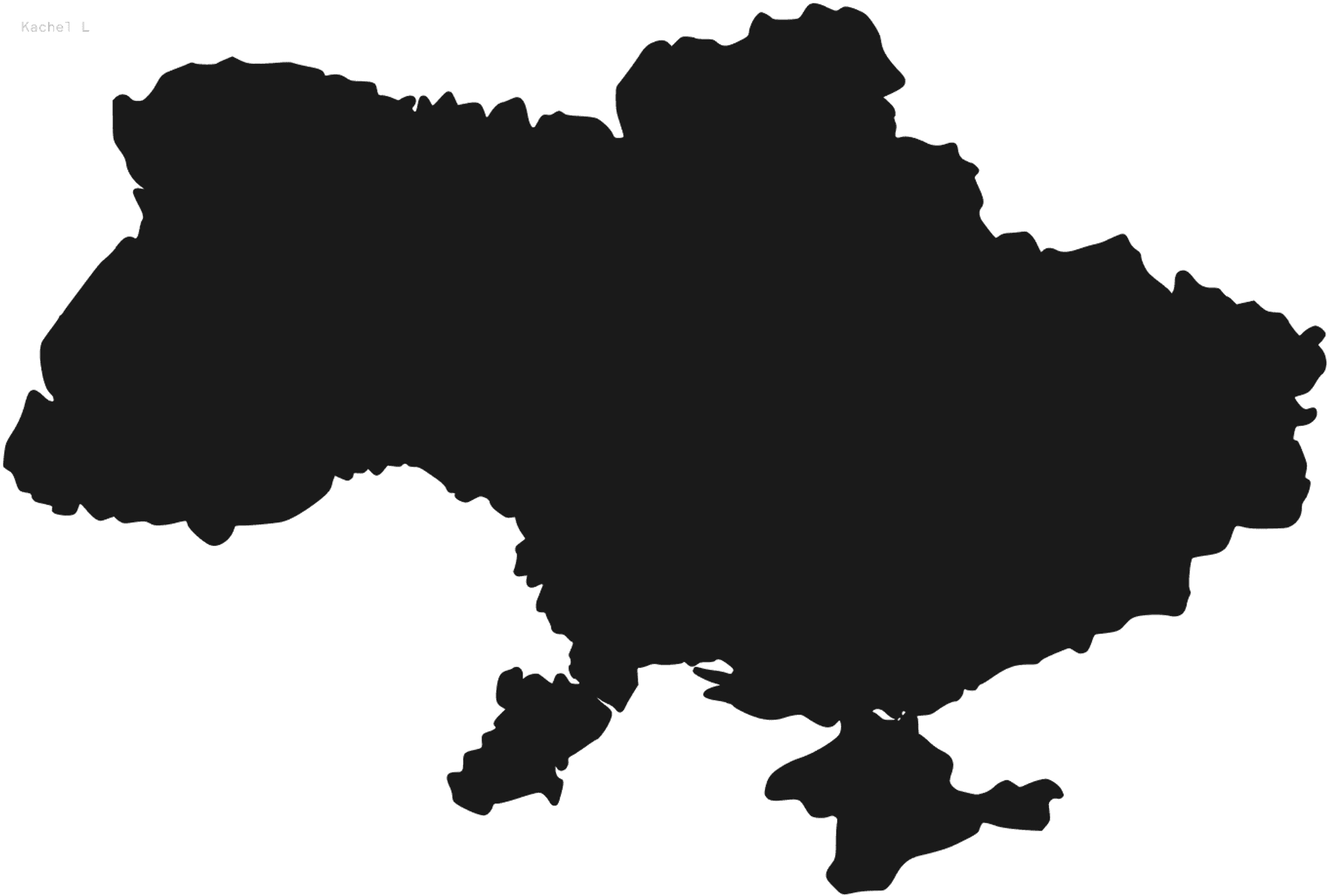On 6 March, remnants of Assad’s regime attempted a military coup in the Syrian coastal region, reportedly led by Maher al-Assad, the brother of the ousted president. The attack was systematically carried out against security forces' headquarters and patrols, killing large numbers of them. As the news spread, fear gripped Syrians – especially communities that had suffered from Assad’s repression, torture, killings, bombings, and displacement for the last 14 years. The fear that Assad’s regime might regain power led to a general mobilization, not only by the ruling authorities and their various armed groups, but also by the people themselves.
Tens of thousands, particularly from the Sunni majority, rushed to the conflict zones in their private cars and with their personal weapons. This resulted in complete chaos and a true catastrophe, as massacres were committed, and civilians, mostly members of the Alawite community, were killed simply for living in certain areas. Amid the chaos, looting, arson, and destruction of property took place – actions believed to have been carried out by criminal gangs exploiting the disorder for financial gain. In addition, sectarian violence escalated dramatically.
All of this has happened – and some violations are still ongoing, albeit at a lower intensity – in the absence of an official television station or state-run media channels. This means that verifying information and news is critical amid the flood of contradictory reports and rumors on social media, an exhausting task that drains one’s energy to the limit.
On 10 March, as reports of real massacres continued to emerge, the interim government announced a halt to the military operation. In a televised speech to the people, the president, Ahmad al-Sharaa, announced the formation of a fact-finding and investigation committee, which would submit its report within a month. He pledged to bring those responsible to justice and reveal the truth to the Syrian people. Additionally, he announced the establishment of a committee for civil peace, tasked with engaging with residents of the Syrian coast, listening to their concerns, and providing the necessary support to ensure their security and stability.
Until the committee issues its findings, our understanding of what happened relies on local documentation, testimonies from affected families, and some human rights reports, such as the preliminary report issued by the (Syrian Network for Human Rights)[1] on 11 March 2025 – a highly credible organization both in Syria and internationally. It is also worth noting that reports from various local sources indicate that the General Security Forces made serious efforts to protect civilians and prevent atrocities, but in many areas, events spiraled out of their control.





